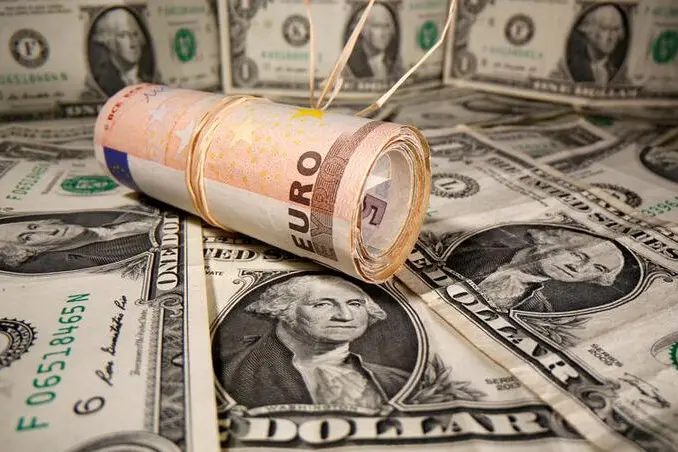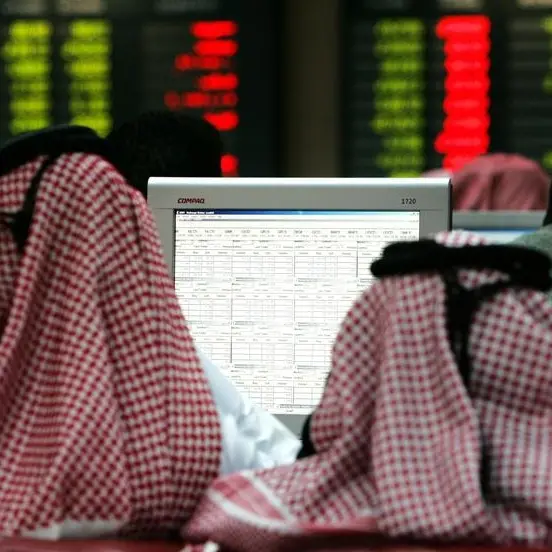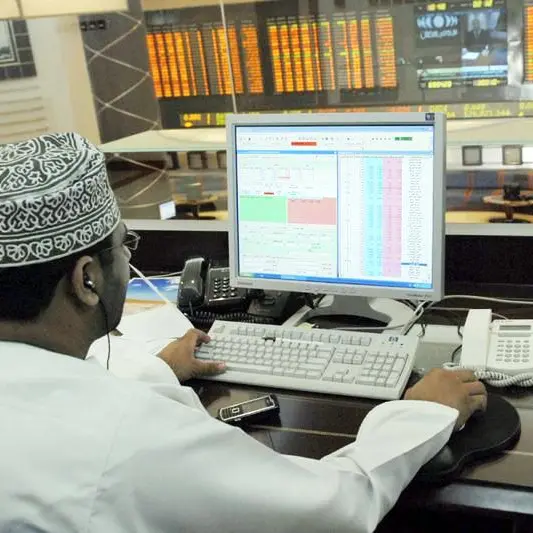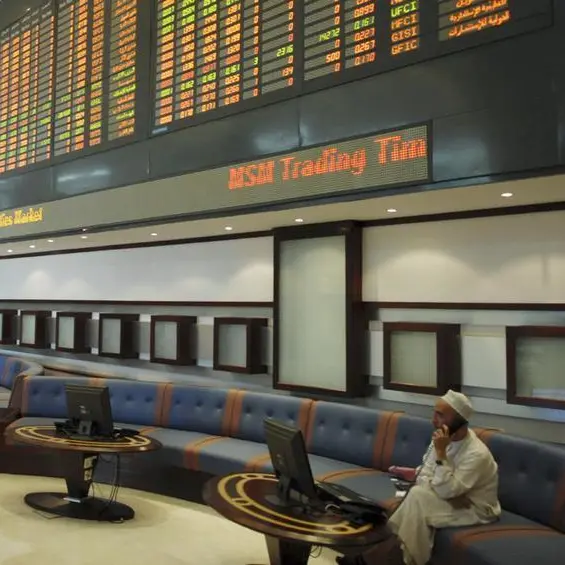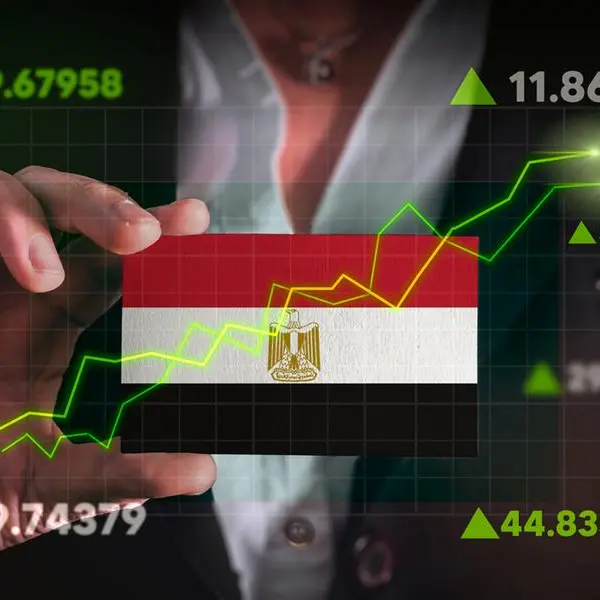PHOTO
TOKYO - The U.S. dollar hit its highest since March 2017 against the yen and a 16-month peak versus the euro on Wednesday, as a run of strong economic data boosted bets for earlier Federal Reserve interest-rate hikes.
Australia's dollar weakened to the lowest in more than a month after wage data failed to strengthen the case for tighter monetary policy.
The greenback rose as high as 114.975 yen before last changing hands flat at 114.82.
The euro dipped abruptly to $1.1263 for the first time since July 2020 before trading 0.2% lower at $1.12985.
The single currency's plunge was exacerbated by stops being triggered at $1.1290, according to Maybank senior FX analyst Christopher Wong.
However, the "big drivers" of the dollar's recent broad rally are inflation and monetary policy, he said.
"For the majors, inflation is a driver of growing developed-market policy divergence in favour of USD," Wong said.
The dollar's gains will be "likely more pronounced against lower yielding majors such as JPY, EUR and CHF," he said.
The dollar index - which measures the currency against six rivals - rose 0.1% to 96.053 after earlier touching 96.266 for the first time since July of last year.
U.S. retail sales rose more than expected in October, a report showed Tuesday, building on momentum from last week when data showed consumer prices surging at the highest rate since 1990.
Money markets are currently pricing in a high probability of a Fed rate increase in June, followed by another in November.
St. Louis Fed president James Bullard said on Tuesday the central bank should "tack in a more hawkish direction" over its next couple of meetings to prepare in case inflation does not begin to ease.
Several Fed officials are scheduled to speak on Wednesday, including New York Fed chief John Williams.
"The U.S. economy looks to have shaken off the Delta soft patch and is regaining forward momentum, albeit with heavy ongoing supply chain issues and reopening bottleneck," Westpac strategists wrote in a client note, recommending buying the dollar index on any dips into the low 95 level.
"Hawkish comments from Bullard - voter next year - will leave markets comfortable pricing in Fed hikes (in) 2022, a stark contrast with Europe where renewed virus suppression measures are being implemented."
Germany's parliament is due to vote on Thursday on stricter measures to deal with the outbreak, while Austria imposed a lockdown on unvaccinated people at the start of the week. France, the Netherlands and many countries in Eastern Europe are also struggling to contain infections.
European Central Bank President Christine Lagarde speaks later on Wednesday, after saying on Monday that tightening monetary policy now to rein in inflation could choke off the euro zone's recovery.
ECB board member Isabel Schnabel also speaks at a separate event.
In contrast, sterling was firm after the release on Tuesday of data showing British employers hired more people in October after the government's job-protecting furlough scheme ended.
Traders will be parsing consumer price data later Wednesday for further support for Bank of England tightening.
Sterling was largely flat at $1.3424 after rising as high as $1.3472 overnight.
The Aussie sank 0.21% to $0.72895 after wage growth data came in as economists expected on Wednesday, doing nothing to sway a dovish Reserve Bank of Australia.
On Tuesday, RBA governor Philip Lowe again pushed back against market pricing for a rate hike next year, saying recent data and forecasts did not warrant such a move.
In cryptocurrencies, bitcoin traded just south of $60,000, after dipping below that level on Tuesday for the first time this month. It reached a record $69,000 on Wednesday of last week.
(Reporting by Kevin Buckland; Additional reporting by Tom Westbrook; Editing by Shri Navaratnam and Lincoln Feast.) ((Kevin.Buckland@thomsonreuters.com;))
